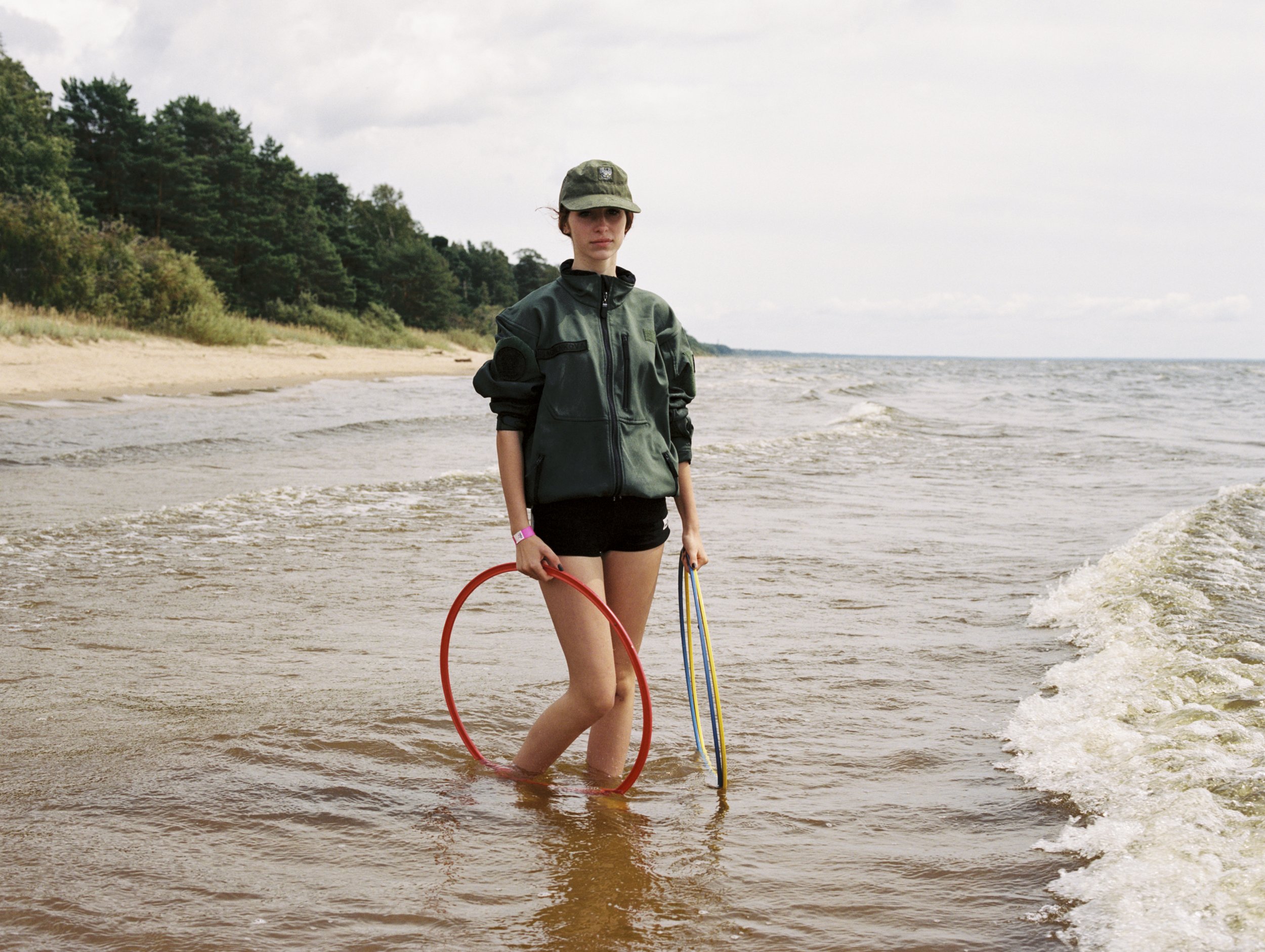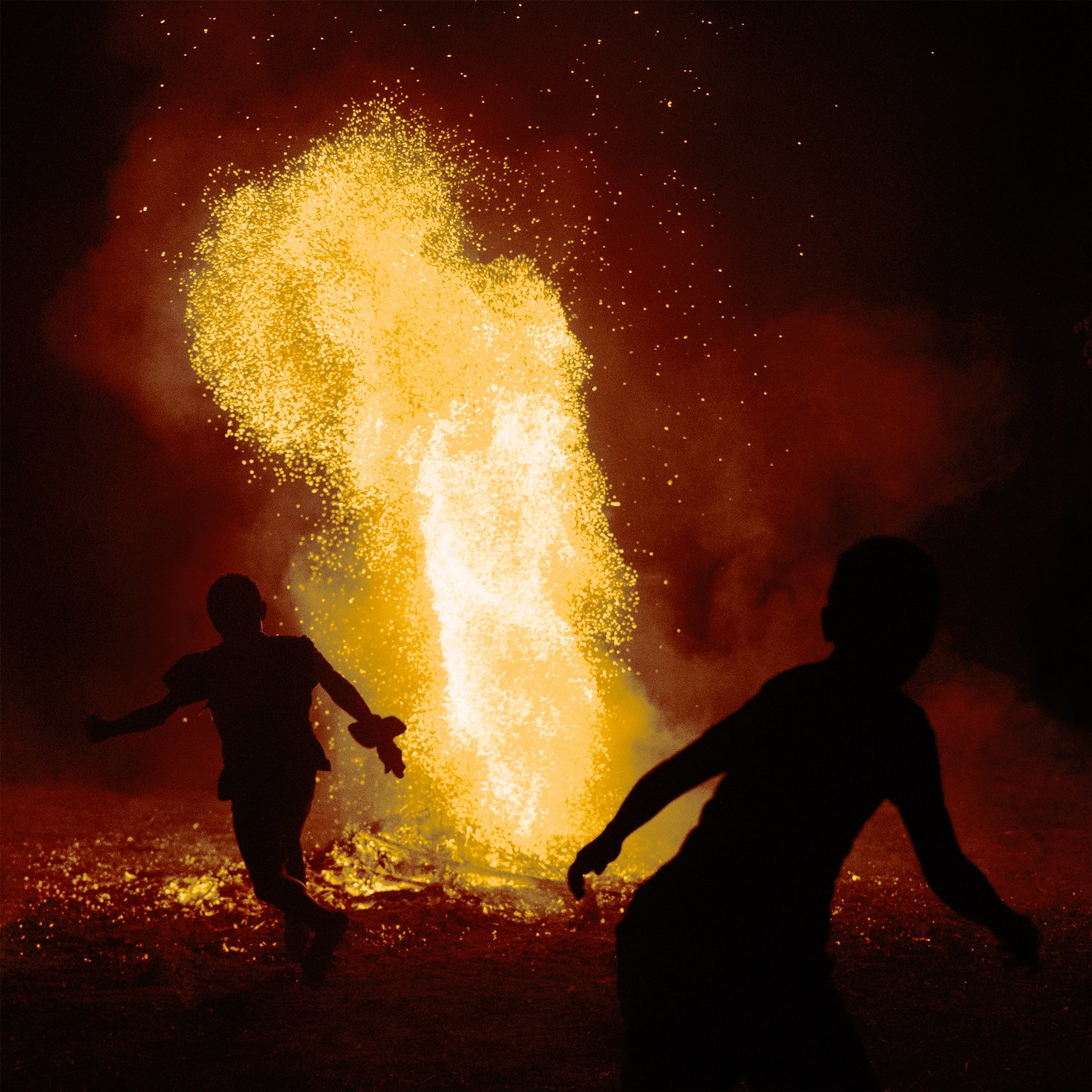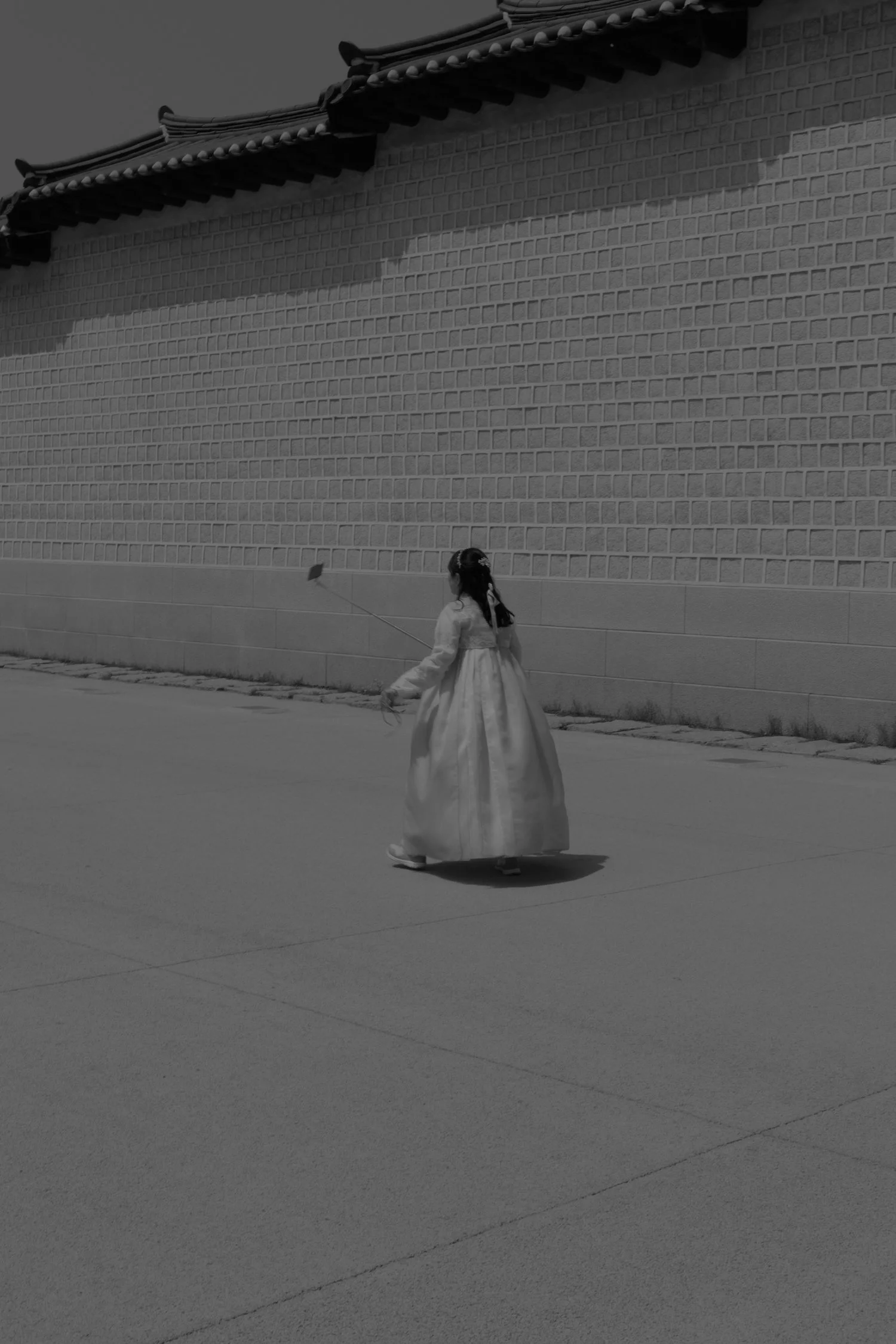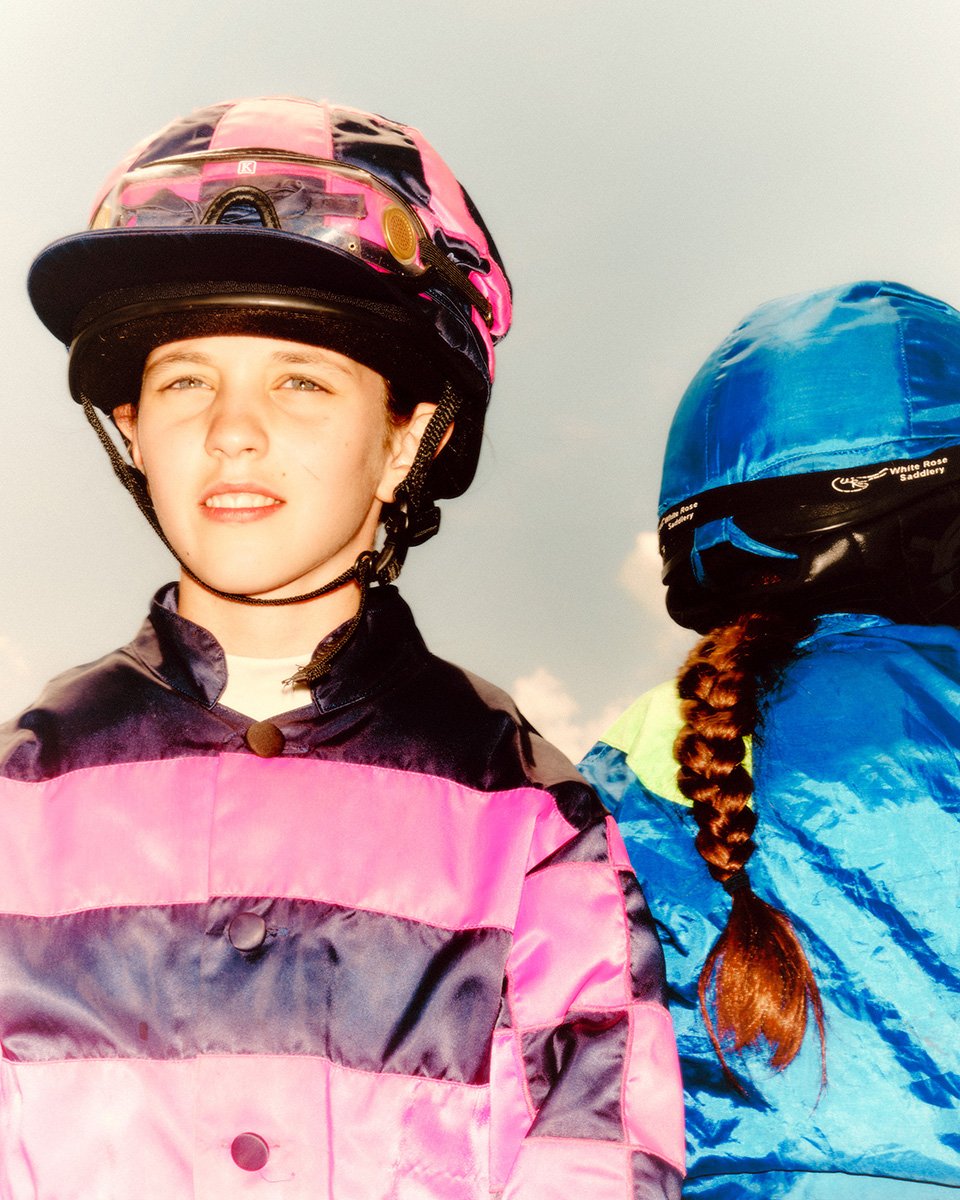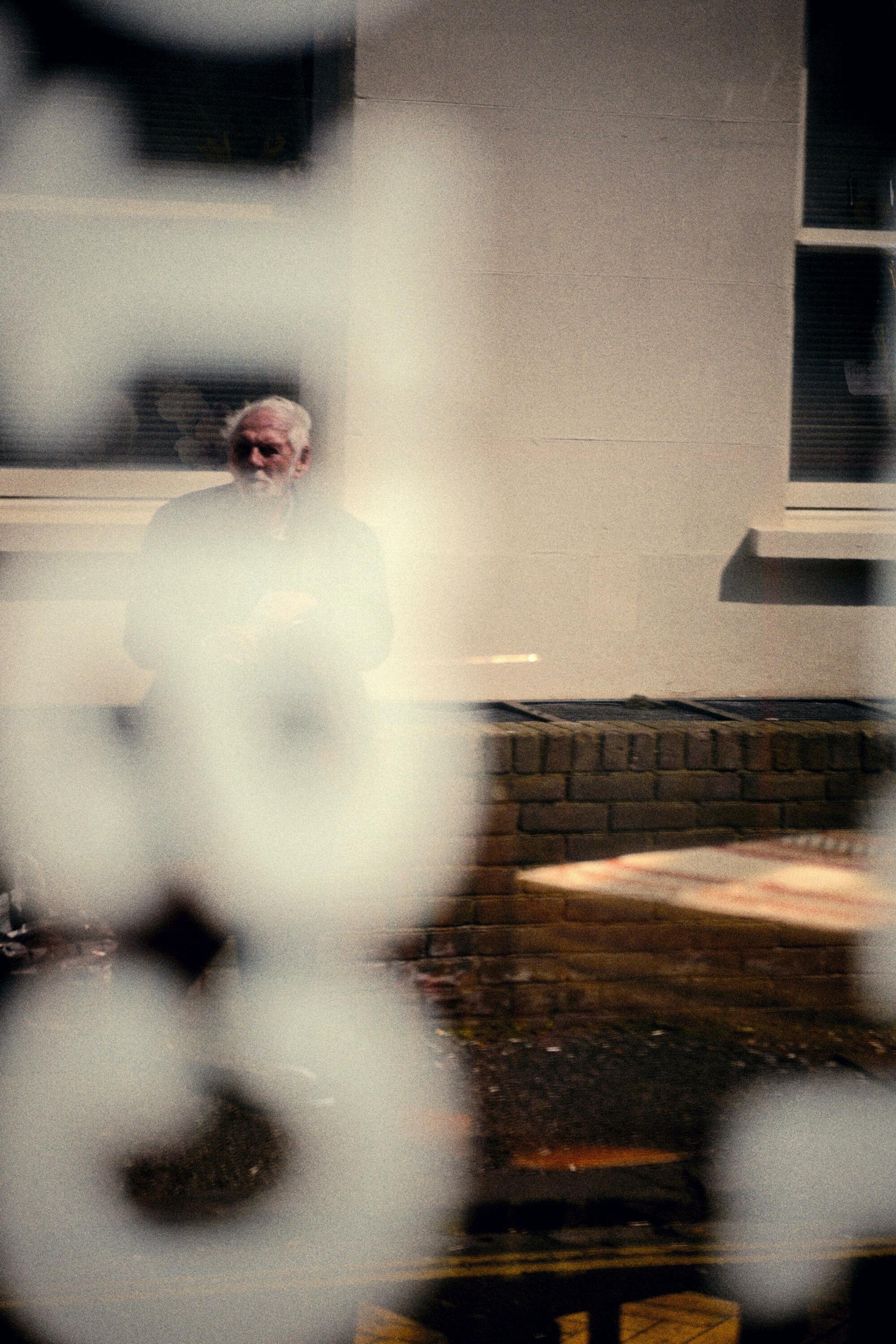Nsenene
Photographer Michele Sibiloni’s new photobook ‘Nsenene’ documents the “grasshopper” (technically bush crickets) harvest at night in Uganda. A promising source of food for the future, becoming a delicacy and an important source of income for the country. We spoke to him to find out more about the project.
Photography Michele Sibiloni"Nsenene are a delicacy and an important source of income in Uganda. Technically bush crickets but generally referred to as “grasshoppers”, nsenene migrate en masse twice a year, right after the two rainy seasons. Huge swarms fill the sky shortly before sunrise. So, night after night during cricket season, many Ugandans stay up till dawn to catch the critters. The omnipresence of the lustrous greenish insects amid the nocturnal mist and the smoke of bonfires submerges the whole country in an otherworldly atmosphere, an eerie effect compounded by all the bizarre paraphernalia involved, especially the fancifully contrived tools and traps. Flurries of hectic activity alternate with long periods of waiting around and killing time. Given their high protein content, they remain a promising source of food for the future, according to the UN Food and Agriculture Organization (FAO), which points out that if more people were to add edible insects to their diet, that could reduce world hunger and improve food security. However, deforestation has decimated migratory insect populations in recent years and some cricket species are now critically endangered. To make matters worse, the rains in Africa are becoming less and less predictable due to climate change, and cricket-harvesting depends entirely on timing."
Hello Michele, thank you for taking the time to talk to us about your photobook ‘Nsenene’. Grasshoppers seem to form an important part of the economy in Uganda. How did you hear about this?
It’s a phenomenon that keeps a number of people busy and that has an economy built around it but only during the season, which is twice a year for a total of 3-4 months.
When you were working on this series, what was the surprising thing while you were shooting it?
The changing landscape between day and night thanks to the lights in the traps. The swarming is a very emotional moment for everyone, it is like a festive season, people are happy and the sky turns green. It seems that nature takes control, and losing yourself in this moment while documenting is really special. And I know this could end one day for several reasons – that’s also where the urge of witnessing comes from.
How was shooting at night? What equipment did you take with you?
Several of my projects relate to the night-time, so it is something I am used to. It is way more quiet than during the day and safer to drive around the country and less cars. I am using a mirrorless camera with a couple of lenses and a Contax T3 film camera.
“It seems that nature takes control, and losing yourself in this moment while documenting is really special.”
How was the reaction of the people you were photographing?
I have been living and working in Uganda for ten years, it is something I am familiar with. I have established relationships with some trappers and we have been seeing each other over the years. As I was watching them, they were also watching me, we have exchanges, we spend some time together, I make my images, they do their work. If I encounter someone that has problems with being photographed, I just move on or explain what I am doing.
How many images did you take overall and how was the editing process for the book?
The project started in 2014, so a great number of images have been taken over the years. I created an initial edit of 1500 images and we started working from there with the designer Nicolas Polli.
We worked on the editing and sequencing for two years (not all the time of course). The editing is the most important part of this work because when you are creating a book the editing is the part that determines what kind of story you want to tell.
“The editing is the most important part of this work because when you are creating a book the editing is the part that determines what kind of story you want to tell.”
Grasshoppers have a high protein content and provide hope in fighting hunger in developing countries. What do you think is the future of this?
I think we will hear more and more about it, recently the EU approved some edible insects. I believe we will find them in supermarkets or they will be used to make protein powder etc.., they will get more popular for sure.
Of course, in developing countries they will be also help to fight hunger if organisations will manage to breed them in big numbers.
Hunting them isn’t an easy job. What was the most interesting trap you found?
Traps are made with drums, metal sheets and wooden structures that keep everything together. The strong light is the most important part because they attract the insects from far away. Fires are also lit during the night near the traps, the smoke will disorient the grasshoppers that will hit the metal sheets and fall into the drums.
How interesting! Thank you very much for sharing your work with us. We can’t wait to see the book in person.
Nsenene is available for purchase HERE
About Michele
He’s an Italian photographer and videographer born in 1981, currently living between Italy and Uganda. He has covered number of events in Africa: South Sudan independence, Ugandan elections, Egyptian revolution, Libyan uprising, M23 rebellion in D.R.C. and the attempted Coup d’état in Burundi in 2015 among selected publications, nominations and awards.
His capture about the Ugandan cricket-harvest, an activity that straddles the very fine line between past and future, tradition and modernisation is a highly atmospheric visual piece. His immediate cinematographic sequences speak volumes not only about the Ugandan situation, but also about the future prospects for our planet as a whole.
To see more of Michele’s work, visit his website or follow him on Instagram












